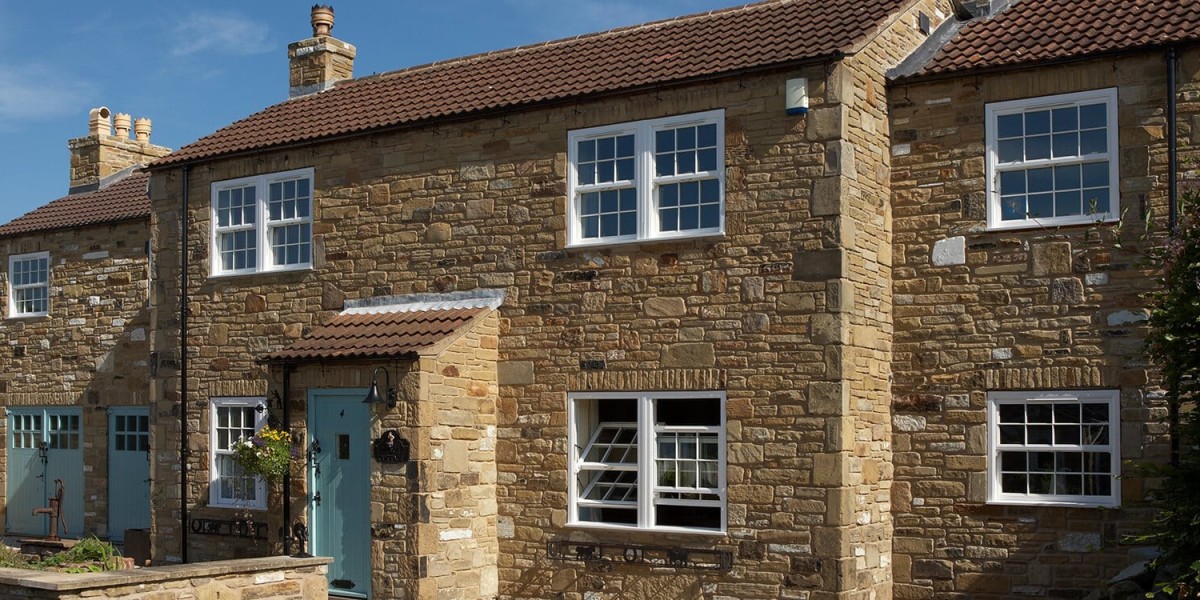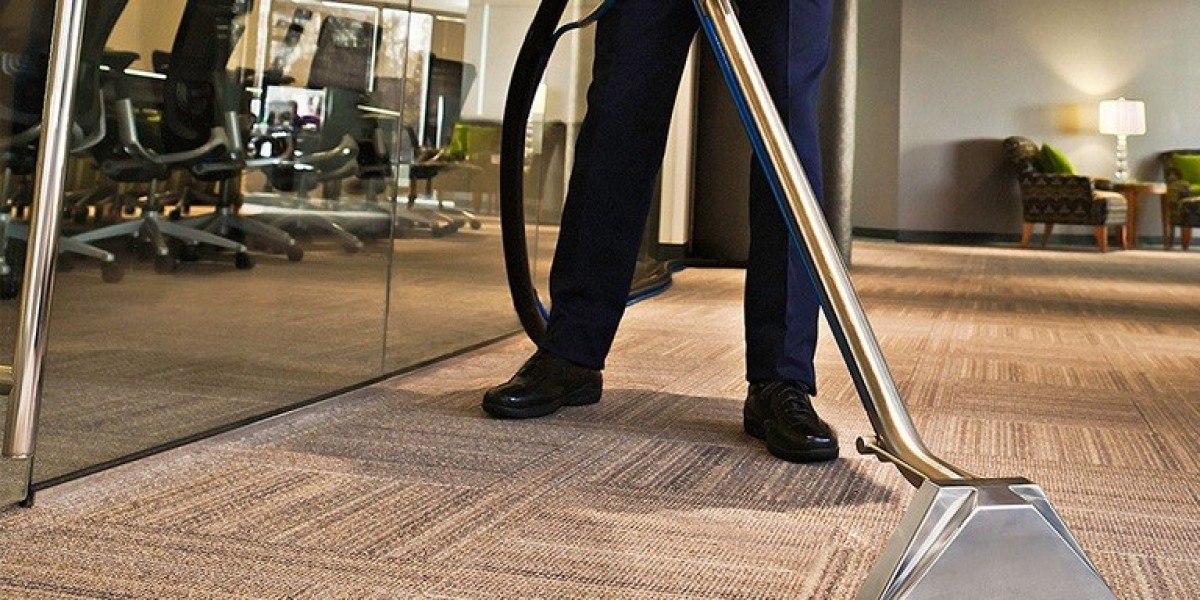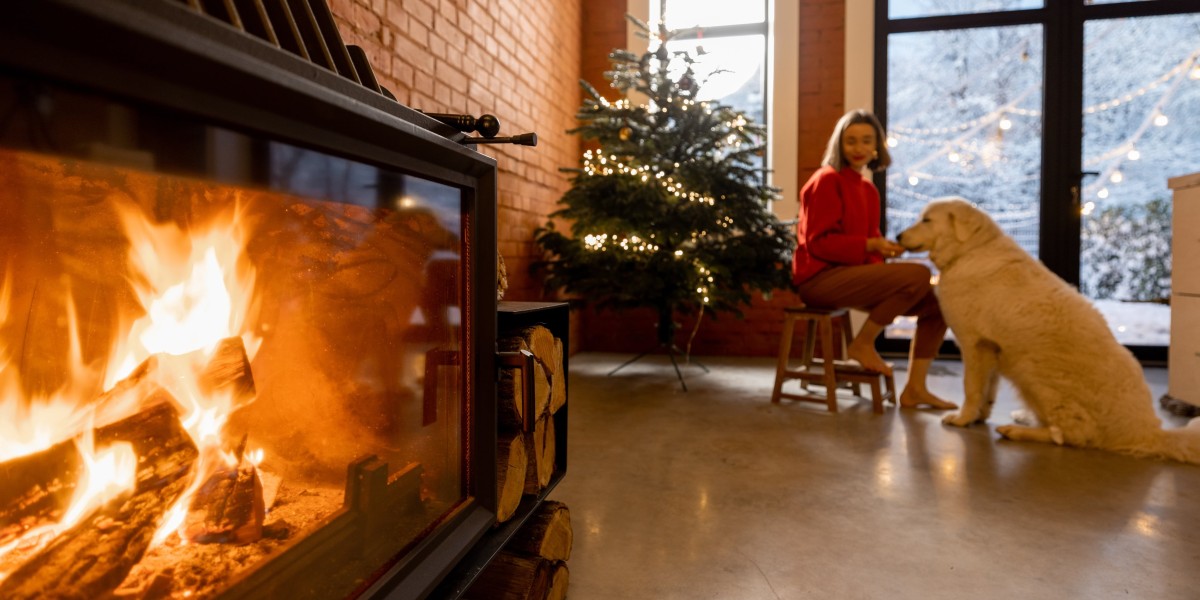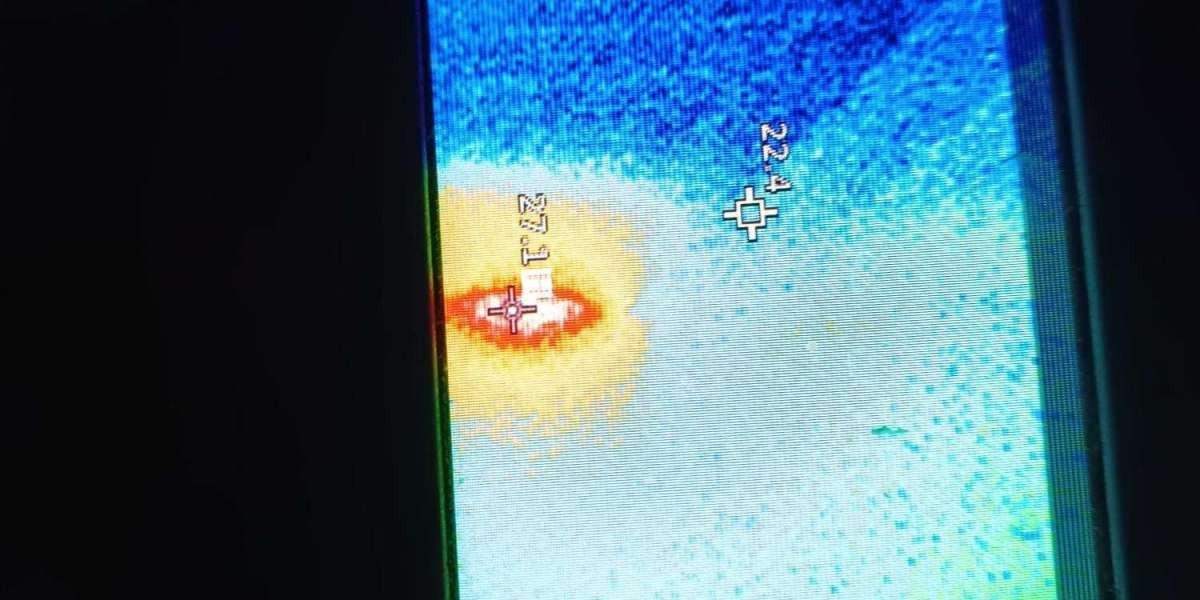Introduction
Window installation is a critical aspect of building construction and renovation that significantly influences energy efficiency, aesthetics, and overall comfort within a structure. This article delves into the various types of windows, the installation process, the importance of proper installation, and best practices to ensure longevity and effectiveness.
Types of Windows
Before discussing the installation process, it is essential to understand the different types of windows available. The choice of window type can greatly affect the installation method and the performance of the window.
- Double-Hung Windows: These windows feature two operable sashes that slide vertically. They are popular for their traditional look and ease of cleaning.
- Casement Windows: Hinged at the side, these windows open outward, providing excellent ventilation and unobstructed views.
- Sliding Windows: These windows consist of two or more sashes that slide horizontally. They are ideal for spaces where a traditional window swing is impractical.
- Awning Windows: Hinged at the top and opening outward, awning windows are often used in combination with other window types to allow for ventilation even during rain.
- Bay and Bow Windows: These windows project outward from the home, creating a nook inside. They enhance the aesthetic appeal and allow for more natural light.
The Importance of Proper Window Installation
Proper window installation is vital for several reasons:
- Energy Efficiency: Well-installed windows reduce air leakage, which can lead to significant energy savings. Poor installation can result in drafts and increased heating and cooling costs.
- Moisture Control: Proper sealing and flashing during installation prevent moisture intrusion, which can lead to mold growth and structural damage.
- Aesthetics: Windows are a focal point of any building. Proper installation ensures that windows fit snugly and look visually appealing, enhancing the overall design of the structure.
- Safety and Security: Well-installed windows provide better security against break-ins. They should fit securely within the frame and be equipped with reliable locking mechanisms.
The Window Installation Process
The installation of windows involves several steps, each of which is crucial for ensuring the window's performance and longevity.
1. Preparation
Before installation begins, it is essential to prepare the site. This includes:
- Measuring the Opening: Accurate measurements of the window opening are vital to ensure a proper fit. The height and width should be measured at multiple points to account for any irregularities in the framing.
- Selecting the Right Window: Based on the measurements, homeowners should select the appropriate window type and size. It is also important to consider the window's energy efficiency ratings.
- Gathering Tools and Materials: Common tools needed for window installation include a level, tape measure, utility knife, caulk gun, and screwdrivers. Materials may include shims, flashing tape, and insulation.
2. Removing the Old Window
If replacing an existing window, the old window must be removed carefully:
- Removing Trim: Use a utility knife to cut through any paint or caulk sealing the trim to the wall. Carefully pry the trim away from the wall.
- Taking Out the Sash: If it’s a double-hung window, remove the sashes by pushing the tilt latches and lifting them out of the frame.
- Removing the Frame: Unscrew or pry out the window frame from the rough opening. Be cautious not to damage the surrounding structure.
3. Installing the New Window
With the old window removed, the new window can be installed:
- Check the Rough Opening: Ensure that the rough opening is clean and free of debris. Check for any water damage or rot that may need to be addressed before installation.
- Insert the Window: Place the new window into the opening from the outside. Center it within the opening, ensuring it is level and plumb.
- Secure the Window: Use shims to adjust the window until it is level and plumb. Fasten the window to the frame using screws, typically in the side jambs.
4. Sealing and Insulating
Proper sealing is crucial for energy efficiency:

- Flashing: Install flashing tape around the window to prevent water intrusion. This tape should be applied to the top, sides, and bottom of the window frame.
- Insulation: https://stevenagetowncentre.com/events/armed-forces-day-1/ Fill any gaps between the window frame and the rough opening with insulation. Expanding foam or fiberglass insulation can be used, but care should be taken not to overfill.
- Caulking: Apply a bead of caulk around the exterior of the window frame to seal any gaps and prevent air leaks.
5. Finishing Touches
Once the window is installed and sealed, it’s time for the finishing touches:
- Reattach Trim: Replace the interior trim around the window, ensuring a snug fit against the wall.
- Paint or Stain: If necessary, paint or stain the trim to match the surrounding decor.
- Clean Up: Remove any debris and clean the window to remove fingerprints or smudges.
Conclusion
Window installation is a complex process that requires careful planning, precise measurements, and attention to detail. Proper installation not only enhances the aesthetic appeal of a home but also contributes to energy efficiency, moisture control, and safety. By understanding the types of windows available and following best practices for installation, homeowners can ensure their windows perform effectively for years to come. Investing time and resources into proper window installation is a crucial step in maintaining the integrity and comfort of any building.







